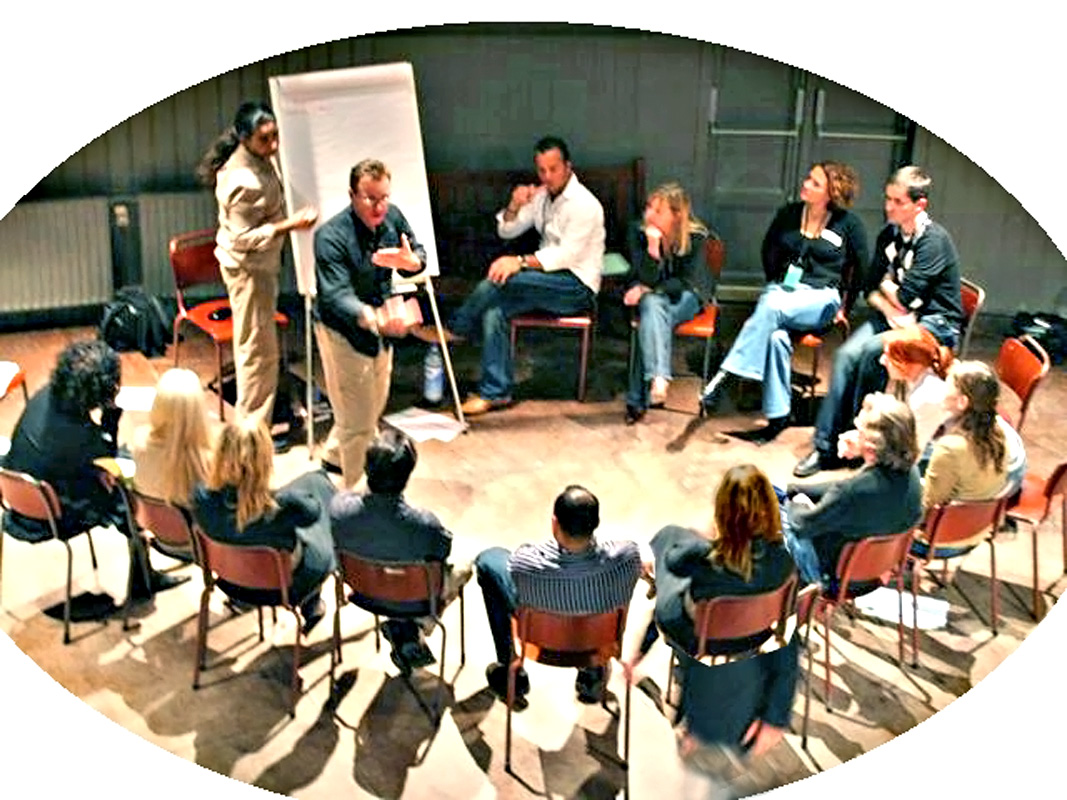Now one of the natural systems learning processed under the heading of “Contextual Systems Engagement.” Make a proposal.
-
- A “Sustainability Learning” Proposal
- Jessie Henshaw – UN representative of IPS & scientific adviser to the NGO Commons Cluster on natural systems, in response to the UN Major Groups call for: “Crowd sourcing ideas for thematic areas and modalities of engagement for the one day intercessional with the Co-Chairs of the OWG and MGs and other Stakeholders”
- – “Experiential Learning” and “Transformative Education”,
- – For building bridges from deterministic, linear and Cartesian thought and word use, by exploring our observations of the environments and their living systems affecting our ideals.
-
1. As a Break-out Group Activity 2. Outline of the process 3. Other Formats
4. Purpose & Theory behind it
5. Why we rely on social networks to define our realityAdded References: Draft Facilitator’s Guide& Typical “Public Pad” meeting template
Foreword:
Here I propose a meeting technique for small diverse groups of people to help enrich each other’s awareness of how their environments work and see what they have and need to work with to “work with nature”. Looking for the working parts the world around them, for how their own cultures work as systems that create their own economies, it might first seem they don’t know any more about that than they do about the weather. The trick is to shift attention from what’s hard to explain in our minds to noticing what’s going on and working all around us. PDF copy_________
1. Learning to Work with Nature: – as a break-out group activity –
A diverse work group of 6 to 20 people would be assembled, helped by a facilitator, needing about an hour to just go through the basic 3Step process. It’s NOT a discussion group, of people offering opinions, but a learning group of people offering connecting observations. During the session they’d need to be able to write as they talk, building on each other’s observations, starting from being given or choosing an ideal goal to work with.
They’d use that ideal to lead them on an exploration of what people in the group already know from observing their cultural, economic & ecological environments, sharing with each other things they’ve seen are happening that could affect achieving the ideal. The product is a large collection of freshly shared observations on what’s happening and how it connects; they’d need to work with to proceed to planning for investments in changing their environment.

